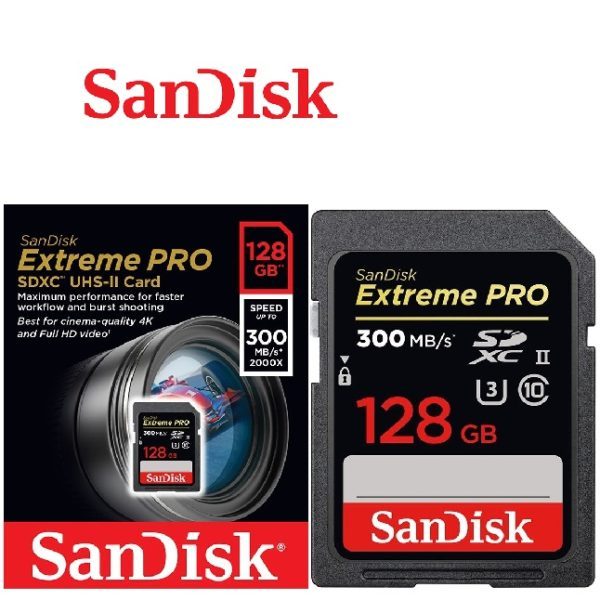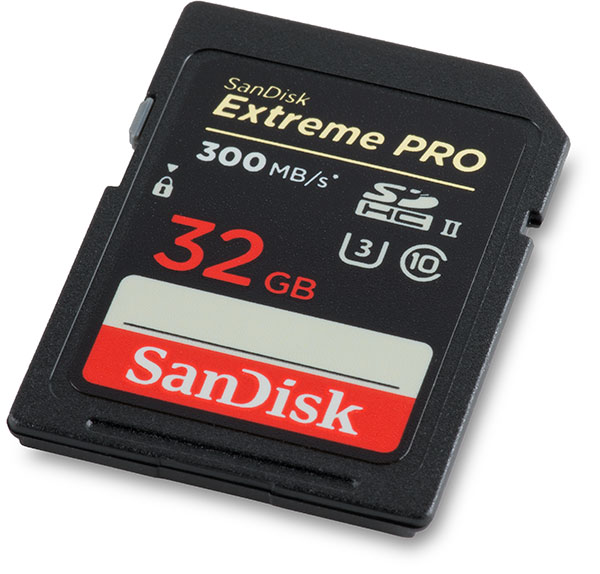Understanding "300": Deciphering Mbps And MB For Your Digital Life
In our increasingly connected world, numbers like "300" often pop up when we talk about internet plans, data usage, or file sizes. But what does "300" truly mean in these contexts? Is it about lightning-fast internet or a small chunk of data? The truth is, it can be both, and understanding the difference is crucial for making informed decisions about your digital needs.
This article aims to demystify the "300" conundrum, breaking down its significance whether you're looking at internet speed (300 Mbps) or data allowance (300 MB). By the end, you'll have a clear picture of what 300 means for you and whether it's enough to power your online activities.
300 Mbps: Decoding Your Internet Speed
When an Internet Service Provider (ISP) advertises a "300 Mbps" plan, they are referring to your internet speed. Mbps stands for "megabits per second," which is a measure of how quickly data can travel to and from your devices.
What Does 300 Mbps Really Mean?
In simple words, a 300 Mbps internet connection is fast. To put it into perspective, the global average speed of the internet is around 50 Mbps, which makes 300 Mbps six times faster. This significant boost in speed translates directly to your online experience.
For practical purposes, using 300 Mbps internet for downloading allows for downloads at a rate of 37.5 MB per second. This is a substantial speed that makes quick work of most files. For example, that equates to about seven seconds for a song or about 10 seconds for a presentation slide. Imagine downloading a full-length movie in just a few minutes, depending on its size!
Is 300 Mbps Fast Enough for You?
A 300 Mbps connection provides adequate speed and bandwidth to handle working from home, streaming, and gaming for most households. You’ll be able to do the following tasks seamlessly:
- Video calls: Platforms like Zoom, Google Meet, Slack, or Teams will run smoothly, even across multiple devices simultaneously. This is crucial for remote work and staying connected with loved ones.
- Streaming: Enjoy 4K video streaming on multiple TVs without buffering.
- Online Gaming: Experience low latency and smooth gameplay, even for demanding online games.
- Multiple Devices: Learn how fast 300 Mbps is and what you can do with it on multiple devices at the same time. This speed can comfortably support a household with several users, each on their own devices, without significant slowdowns.
In conclusion, 300 Mbps is sufficient for the majority of homes with moderate to high internet usage. While the rise of gigabit internet (1 Gbps) is transforming the way we use the internet, offering incredibly fast speeds, 300 Mbps remains a very capable option. For homes with many devices connected simultaneously or for intensive internet use, 600 Mbps might be recommended, and 1 Gbps is ideal for homes with extreme bandwidth needs, such as creative professionals working from home or professional gamers.
Getting the Most Out of Your 300 Mbps Connection
Many users wonder why their home broadband, even after upgrading to 300 Mbps, still feels slow. This is a common issue, and often, it's not the ISP's fault. To truly achieve 300 Mbps speeds, you need to ensure your home network infrastructure can support it. A critical factor is your Ethernet cable: to reach 300 Mbps, you need to use Cat5e (Category 5e) Ethernet cables or higher standards (like Cat6).
When considering a 300 Mbps plan, it's also wise to compare 300 Mbps broadband plans and prices from different ISPs in the UK (or your region). Many providers now offer fiber optic internet plans with speeds up to 1 gigabit, often recognized in speed rankings by entities like Netflix and Anatel, ensuring a robust and reliable connection for your residence or business.
300 MB: Understanding Your Data Allowance
While 300 Mbps refers to speed, "300 MB" refers to data size or storage. MB stands for "megabytes," which is a unit of digital information.
What is 300 MB in Practical Terms?
For you nerds out there, 300 MB is 300,000,000 bytes (or 314,572,800 bytes when converted using mebibytes). But if those numbers don't mean anything to you, you're not alone. Even if you know your bits and bytes, numbers alone won't help you understand how much you'll get out of 300 MB.
Let's go over a few practical ways you can think of 300 MB so you'll know if 300 MB is enough for you:
- Photos: 300 MB can store approximately 120 iPhone photos (assuming 1 photo is 2.5 megabytes).
- Music: A typical song might be around 5-10 MB, so 300 MB could hold about 30-60 songs.
- Movies: While the entertainment world has evolved significantly with streaming, some audiences still prefer to download movies and TV shows for offline viewing, especially in regions with limited internet access. There are even websites that offer 300 MB free dual audio Bollywood, Hollywood, and South movies for download. However, be aware that a 300 MB movie will likely be of very low quality, as most standard definition movies are 700 MB or more, and HD movies are several gigabytes.
When Does 300 MB Matter?
Understanding data limits like 300 MB becomes particularly important when dealing with mobile data plans or overseas Wi-Fi rentals. When renting overseas Wi-Fi, you'll often see "communication volume" options like 250 MB, 300 MB, or 500 MB plans. Many people are unsure which one to choose.
It's crucial to be careful, as data-heavy activities like using Instagram and YouTube, which involve many images and video data, can quickly consume your allowance. While 300 MB might seem like a decent amount, it's quite limited for extensive browsing or streaming.
For instance, actual usage of 300 MB, 500 MB, or 1 GB can vary significantly. You might need to consult a data size table to understand how much data you can actually use. For larger file transfers, services like "Data Bin" offer free plans up to 2 GB or 5 GB, and business plans with unlimited capacity exceeding 100 GB, illustrating just how quickly data needs can scale.
Is 300 MB Enough Data?
For casual, light internet use over a short period, 300 MB might suffice. This could include checking emails, sending a few messages, or light browsing. However, for anything involving significant media consumption—like watching videos, scrolling through social media feeds with autoplaying videos, or downloading apps—300 MB will be used up very quickly. For travel, understanding how much data (MB, GB, KB) is enough is a common concern, and 300 MB is generally considered a very small allowance for a full day of typical smartphone usage.
The Difference Between MB and Mbps: A Quick Refresher
To summarize, the key distinction lies in the units:
- MB (Megabyte): This refers to a quantity of data, like the size of a file, a photo, or a data allowance on your phone plan. Think of it as the "size" or "volume."
- Mbps (Megabits per second): This refers to the speed at which data travels. Think of it as how "fast" your internet connection is.
While they both use "Mega" and "B," the lowercase "b" for bits and uppercase "B" for bytes is a crucial differentiator. There are 8 bits in 1 byte, which is why a 300 Mbps connection translates to a download speed of 37.5 MB per second (300 / 8 = 37.5).
Final Summary
The number "300" in the digital world carries two distinct meanings. When referring to internet speed, 300 Mbps signifies a fast and capable connection, six times the global average. It's more than adequate for most households, supporting simultaneous video calls, 4K streaming, and online gaming across multiple devices. To ensure you get the advertised speed, verify your home network setup, especially your Ethernet cables. Conversely, 300 MB refers to a quantity of data, like file size or a data allowance. While it can store around 120 photos or a low-quality movie, it's a relatively small amount of data that can be quickly consumed by modern internet activities, particularly on mobile or travel Wi-Fi plans. Understanding this difference is key to choosing the right internet plan and managing your data effectively.
- Palmini Pasta
- Better Life Real Estate Monterey
- Olym Dress
- Kelsey Grammer Shirtless
- Happy African Hair Braiding

SanDisk Extreme PRO UHS-II SDXC UHS-II Class 10 U3, Up to 300MB/s Read

4 300mb Images, Stock Photos & Vectors | Shutterstock

SanDisk Extreme Pro 300MB/s UHS-II 32GB SDHC Memory Card review and